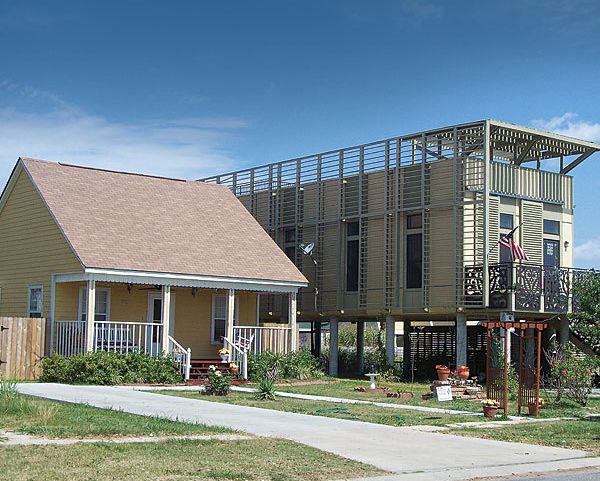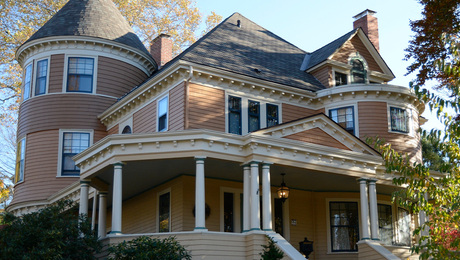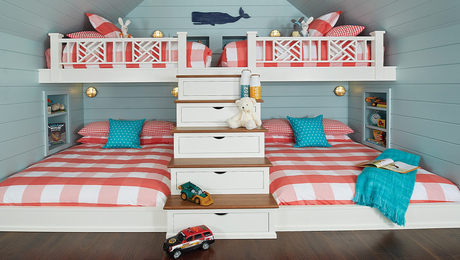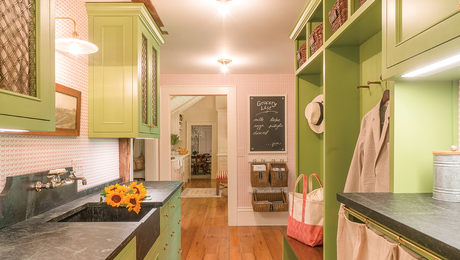Build It Right: Lessons From New Orleans
Hurricane Katrina can teach us many things. Make It Right wants safe, affordable, energy-efficient building to be one of them.

Since we first published this article in 2012, criticism of Make It Right and the quality of their work has come to light, which readers can learn more about here and here.
About 70% of occupied homes in New Orleans were damaged in 2005 after the levees failed during Hurricane Katrina. In the Lower Ninth Ward alone, more than 4000 homes were destroyed.
Two years after the storm, few homes in that low-income, historically African-American neighborhood had been rebuilt. In response, actor and part-time New Orleans resident Brad Pitt launched Make It Right (MIR), with the goal of building 150 new houses in the Lower Ninth Ward so that some former residents could return to a restored community.
While 150 houses might seem like a drop in the bucket in the face of so much devastation, the goal of MIR is not to replace every home destroyed, but to replace as many as it can with homes that are safer, more healthful, more energy efficient, sustainable, and affordable. The organization also hopes to leave a lasting impact on our ability to build houses to these standards not just in the Ninth Ward, but all over America.
“While Katrina gave us the opportunity to think creatively about how to make green homes affordable for the low-income families who need them the most, it shouldn’t take a hurricane to make that happen in other cities,” Pitt told supporters at a meeting of the Clinton Global Initiative in 2009. “Our plan is to take what we have learned in New Orleans and help other communities build healthy, safe, and affordable green homes.”
MIR, one of several builders active in the Ninth Ward, has completed 80 houses since it started building in 2008. In November, it broke ground on its latest round of houses, all eight using structural insulated panel (SIP) construction. That SIPs provide the most cost-effective route to MIR’s goals is just one of the lessons MIR has applied as it has driven down the cost of its projects from more than $200,000 for the first prototypes to about $150,000 for its latest units. At about $130 per sq. ft., that figure falls within market rates for affordable housing in New Orleans with the added value of healthful indoor-air quality, sustainable materials, and energy efficiency. According to the organization, MIR homeowners’ annual utility bills average $1068, about half what their neighbors living in conventional homes pay.
From deep despair to high design
While restoring the community is MIR’s primary goal, doing so with outstanding sustainable designs set its mission apart from the start. “Brad Pitt is passionate about architecture,” says MIR executive director Tom Darden. “It was his idea to reach out to architects all over the world. We got some really amazing designs out of the process.” Homeowners can choose from 27 different plans donated by architects across the globe.
For more photos and details, click the View PDF button below:


























